Natural World
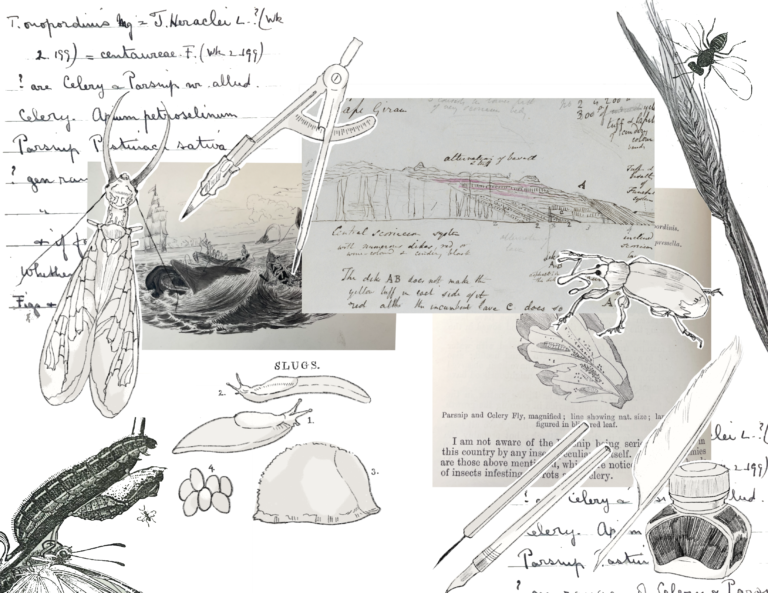
The Friends have contributed a wide range of content on the natural world, and the items here have been chosen as hallmarks of their diverse and extraordinary collection.
The following collections material relates to different aspects of the natural world, including geology (the study of Earth science), entomology (the study of insects), and zoology (the study of animals).
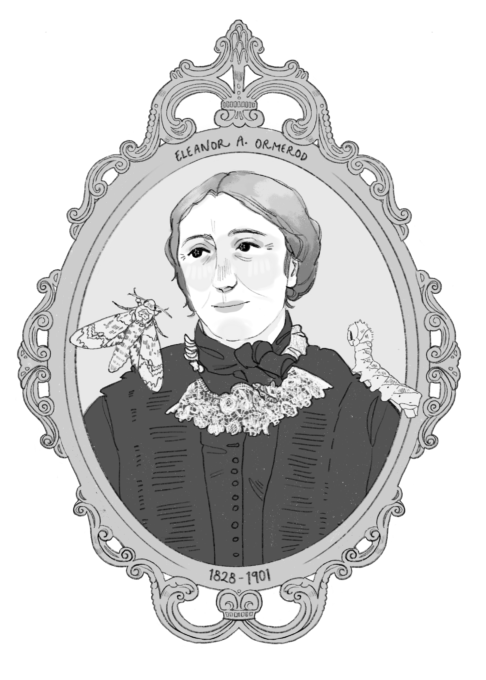
An Edinburgh entomologist
Eleanor Anne Ormerod was an influential British entomologist, or insect scientist, who helped define agricultural entomology, a field focused on protecting plants against insects.
She was the first woman to be awarded an honorary doctorate by the University of Edinburgh, and the University’s research cloud computing service ‘Eleanor’ was named after her in 2017. A portrait of Ormerod by an unknown artist hangs in Old College at the foot of the main stair.
The insect in the portrait is the Death’s Head Hawkmoth (cherontia atropos) in caterpillar and adult form. The Death’s-Head Hawkmoth has become an eerie icon in modern culture, its morbid associations popularized by 1991’s The Silence of the Lambs. But in Ormerod’s notes, the Hawkmoth is only a bad omen to farmers; Ormerod defines them as potato destroyers.
|
|
|
| Credit / Usage information | Illustration by Lydia Wiernik |
|---|
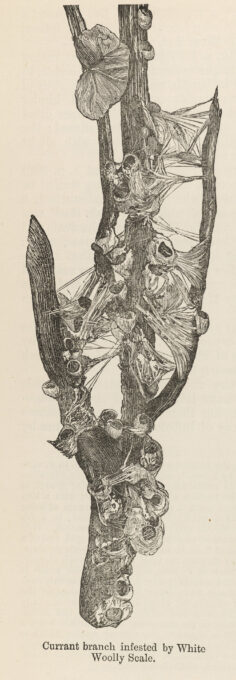
Eleanor Anne Ormerod's guide
Her most influential work, A Manual of Injurious Insects, is culturally significant: it is not only the foundation for the knowledge base of entomology, but for the world. See an example of Injurious Insects' illustrations to the left.
"Currant branch infested by White Woolly Scale" focuses more on the crop – a currant branch – rather than the insect infesting it. Ormerod explains how to look out for Scales on these branches: “One of the special characteristics by which this species if known is the number and length of the hairs on the antennae.”
|
||||
| Object reference | RB.S.319 |
|---|
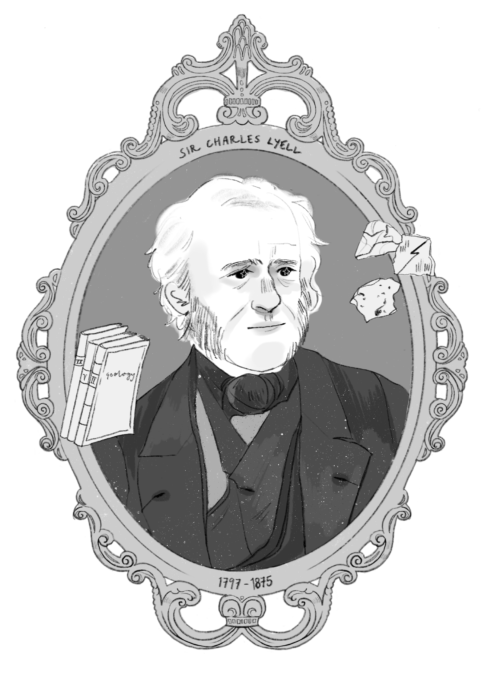
A pioneering geologist
Sir Charles Lyell was a geologist in the mid-nineteenth century, and his work has helped define the field and expand our knowledge of natural sciences. The University of Edinburgh's Lyell collection forms one of the most comprehensive of 19th century science in the world.
| Credit / Usage information | Illustration by Lydia Wiernik |
|---|
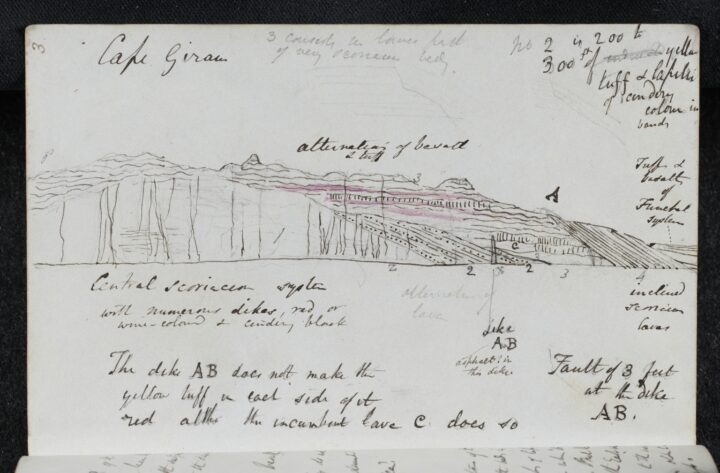
Lyell’s field notes
Click around on the image above to zoom on Lyell’s illustrations and field notes.
|
View the illustration of Arran mentioned here.
|

Zoological illustrations
James Tait Black, a University alumnus and partner in the Edinburgh publishing firm A&C Black, compiled two portfolios of zoological sketches in the 1840s.
His illustrations were partly fantastical, and some perhaps dissimilar to reality, including animals like the llama and even a sea serpent. One of his most intricate is the whale. Use the zoom tool to take a closer look at this plate.
Since 1919, Tait’s legacy has been sustained through the James Tait Black prizes, Britain’s oldest literary award based right here at the University of Edinburgh.
|
||||
| Object reference | Coll-1317 |
|---|
